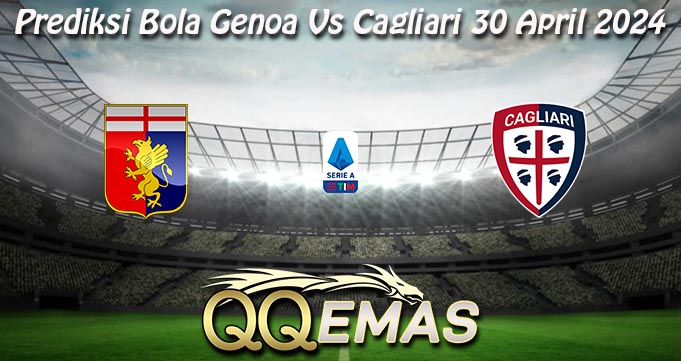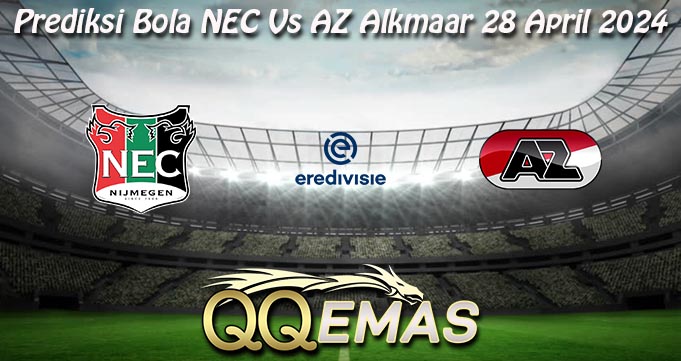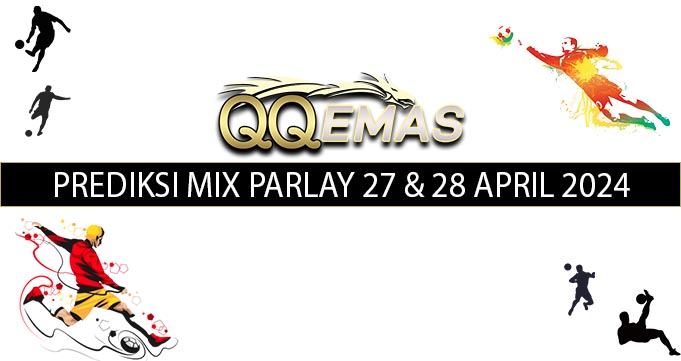belum terdaftar anggota QQEMAS?
JOIN NOWLatest Posts

Prediksi Bola Bayern Vs Real Madrid 1 Mei 2024
Prediksi Bola Bayern Vs Real Madrid 1 Mei 2024 – Kompetisi Liga Champions tengah pekan ini memasuki babak semifinal. Leg pertama berlangsung Allianz Arena Bayern... Read More »

Bocoran Mix Parlay 1 Dan 2 Mei 2024
Situs bola Terpercaya QQ Emas akan memberikan Bocoran Mix Parlay 1 Dan 2 Mei 2024 untuk para member setia situs kami. Dalam rangkuman ini kami... Read More »

Prediksi Bola Genoa Vs Cagliari 30 April 2024
Prediksi Bola Genoa Vs Cagliari 30 April 2024 – Persaingan sengit juga terjadi pada papan bawah kompetisi Serie A. Berlangsung Luigi Ferraris Stadium Genoa selaku... Read More »

Prediksi Bola Marseille Vs Lens 29 April 2024
Prediksi Bola Marseille Vs Lens 29 April 2024 – Stade Velodrome menhadirkan pertandingan seru kompetisi Ligue 1. Matchday 31 pekan ini tuan rumah Marseille akan... Read More »

Bocoran Mix Parlay 29 Dan 30 April 2024
Situs bola Terpercaya QQ Emas akan memberikan Bocoran Mix Parlay 29 Dan 30 April 2024 untuk para member setia situs kami. Dalam rangkuman ini kami... Read More »

Prediksi Bola NEC Vs AZ Alkmaar 28 April 2024
Prediksi Bola NEC Vs AZ Alkmaar 28 April 2024 – Matchday 31 kompetisi Eredivisie bergulir pertandingan seru akhir pekan ini. Laga yang berlangsung Gofferstadion NEC... Read More »

Prediksi Bola Sociedad Vs Real Madrid 27 April 2024
Prediksi Bola Sociedad Vs Real Madrid 27 April 2024 – Kompetisi La Liga Santander akhir pekan ini memasuki jornada 33. Berlangsung Anoeta Stadium Sociedad selaku... Read More »

Bocoran Mix Parlay 27 Dan 28 April 2024
Situs bola Terpercaya QQ Emas akan memberikan Bocoran Mix Parlay 27 Dan 28 April 2024 untuk para member setia situs kami. Dalam rangkuman ini kami... Read More »

Prediksi Bola Cerro Porteno Vs Fluminense 26 April 2024
Prediksi Bola Cerro Porteno Vs Fluminense 26 April 2024 – Kompetisi Copa Libertadores group A hadir matchday ketiga pekan ini. Berlangsung General Pablo Rojas Cerro... Read More »

Prediksi Bola Everton Vs Liverpool 25 April 2024
Prediksi Bola Everton Vs Liverpool 25 April 2024 – Derby Merseyside terjadi pada tengah pekan ini lanjutan kompetisi Premier League. Laga tunda matchday 29 ini... Read More »


